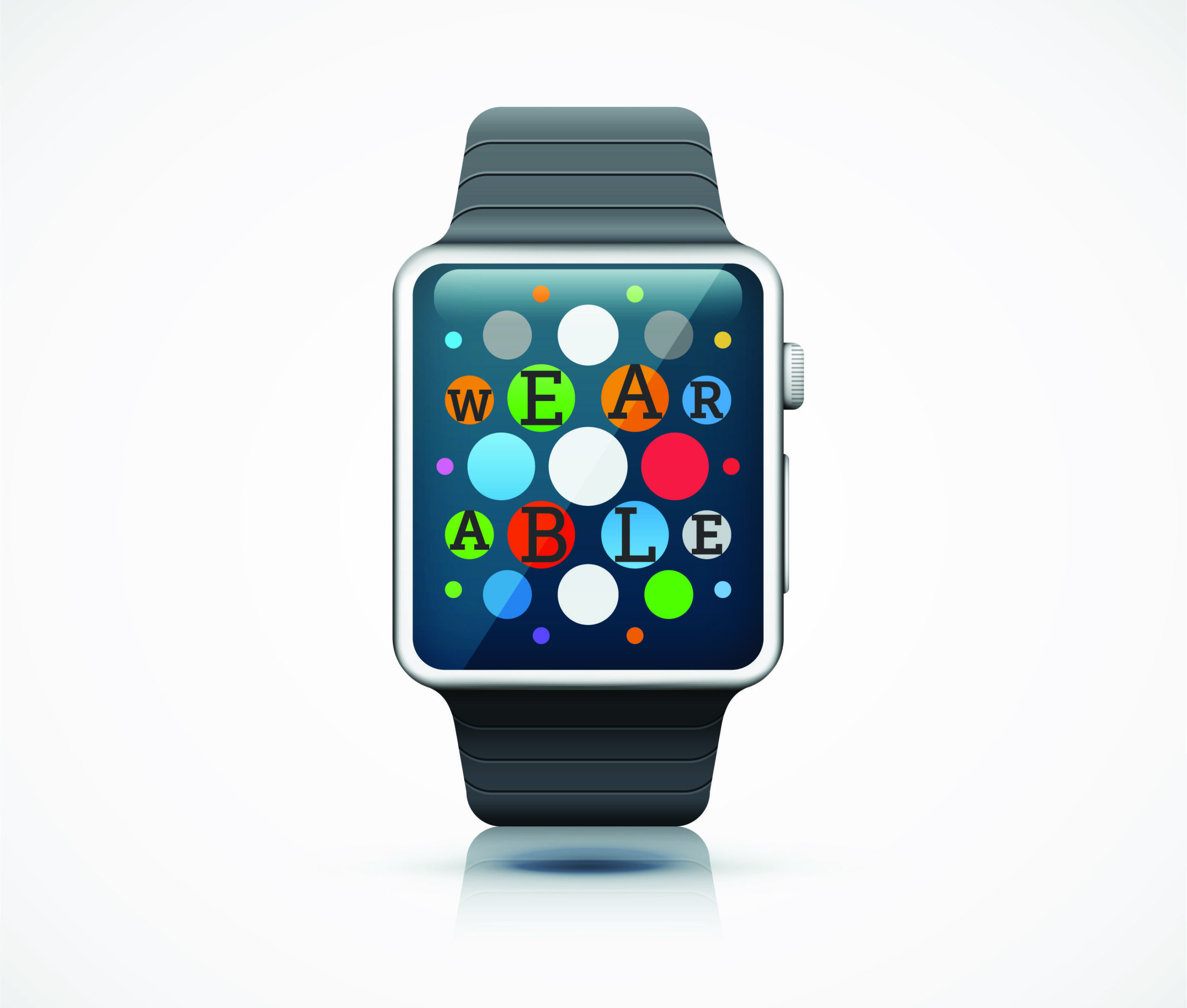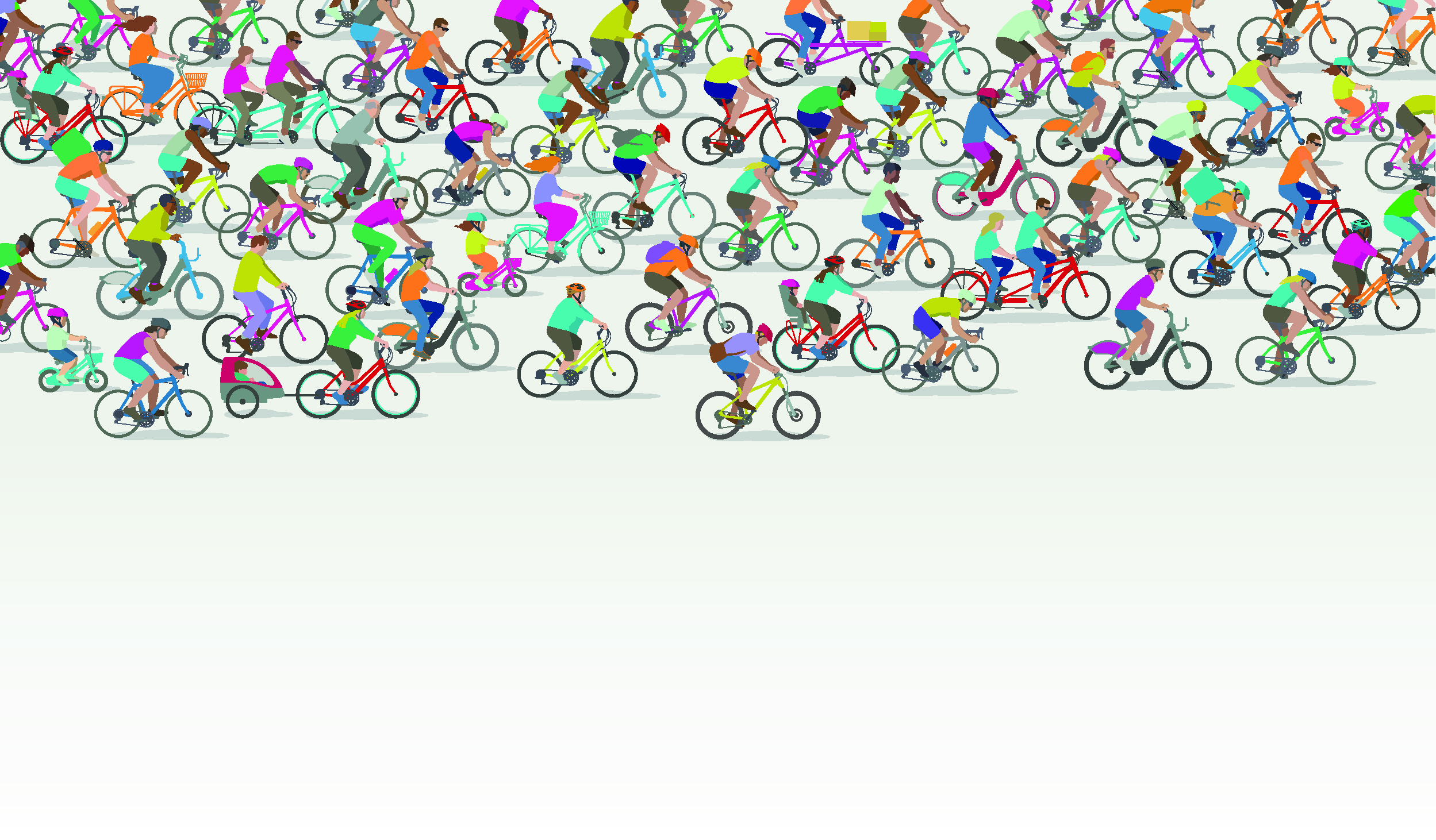by Rachel Gore
As technology evolves, wearable devices are broaching into the healthcare, wellness and fitness realm. Even more specifically, they are moving into preventative care, diagnostics and urgent care segment. The market is growing so rapidly that Yahoo Finance has predicted the global market for wearable health and fitness trackers will reach $5 billion by 2025.
Here are just a handful of wearables that you can purchase designed to monitor or improve your wellness:
- Fitbit
The first version of one of the most well-known wellness wearables,
which has since acquired over 28 million active users, was launched in 2009 and has since come in many updated models.
Here are some of its key features:- Tracks steps, distance, calories burned, floors climbed and active minutes in a day.
- Tracks sleep patterns and comes with auto sleep detection capabilities to create a better bedtime routine.
- Tracks heart rate zones during workouts and at rest.
- Allows you to log meals and snacks and estimates calories in vs. out every day.
- Ava
Ava is a nighttime wearable that tracks women’s menstrual cycles to gain an understanding of their overall health, fertility and pregnancy. It is highly accurate, with one study finding that Ava detects “an average of 5.3 fertile days per cycle with an accuracy of 89%.” Here are some of its key features:- Monitors physiological parameters related to changing reproductive hormone levels throughout the menstrual cycle.
- Identifies the beginning of the fertility window so women can determine peak fertility days.
- Syncs data from the wearable bracelet to the Ava app, allowing users to view statistical results.
- Measures skin temperature, resting pulse rate, heart rate variability, perfusion and breathing rate in users as they sleep.
- Kardiamobile
Heart disease is the leading cause of death in the United States. With that in mind, medical device and Artificial Intelligence company AliveCor developed KardiaMobile. KardiaMobile
is a medical-grade EKG monitor that attaches to the back of smartphones and tablets. It is ideal for those at-risk for heart disease or anyone who wants to better monitor and understand their heart health. Here are some of its key features:- Provides unlimited EKG recordings and instant EKG analysis, blood pressure, weight and medication tracking.
- Generates personalized heart health reports and mails updated reports to consumers every 30 days.
- Detects atrial fibrillation, bradycardia, tachycardia and normal heart rhythms.
- Stores EKGs on smartphone devices and allows users to email EKG results to their doctors at the click of a button.
- LogicInk
The waterproof LogicInk UV is a temporary tattoo featuring outer and inner circles that change color based on users’ level of sunlight exposure. Sunscreen can be applied over the top of it, and it informs users when they have reached their maximum UV exposure for the day. Here are some of its key features:- Tracks cumulative UV exposure.
- Changes the outer circle color to pink when users reach their daily UV limit and inner circle to pink based on real-time UV exposure.
- Informs users of dangerous UV exposure to reduce skin damage and the risk of skin cancer.
- Comes with an optional mobile app that can scan the tattoo to track UV exposure patterns over time.
- Motiv
Most wearables come in the form of watches or wristbands, but Motiv is an exception. Motiv is a ring that slips onto users’ fingers to monitor different health statistics and allow users to track and adjust their goals. It is a good fit for those who are not fans of wearing bulkier wristband wearables. Here are some of its key features:- Offers fitness tracking services including heart rate, activity and sleep monitoring.
- Adjusts daily targets based on users’ progress towards weekly goals.
- Compatible with iOS and Android phones and tablets.
- Comes in a silver, black or copper-colored finish and is much smaller and sleeker than traditional wearables like FitBit.
- The Upright Go
The Upright go is a slim, patchlike wearable that sticks to the center of your back near your shoulder blades. When you slouch or start to have bad posture, the patch gently vibrates to serve as an active reminder to help you straighten back up.- Tracks daily progress and progress over time in an app that users can use to observe posture trends.
- Comes in vibration mode or tracking-only mode if users want to track their posture without getting the vibration reminders during the day.
- Generates a personalized training program with daily goals to improve posture over time, strengthen users’ backs, and train users’ brains to be aware of when they’re slouching.
- Allows users to adjust the training time, vibration intensity and sensitivity in the corresponding app.
- The Apple Watch
If you have an iPhone, the Apple Watch, like the Fitbit, is another wearable technology that tracks your fitness and health while also bringing iOS to handsfree. Below are some of its main features.- Tracks your heart rate and heart rhythm.
- Alerts you if are listening to something too loud and decibels are high enough to affect your hearing.
- Tracks diverse forms of exercise. The watch has GPS and is water resistant for up to 50 meters allowing you to track a variety of exercise. It also has a compass and ground elevation features for outdoor exercise like hiking or cycling.
- Motivates you to exercise. The watch tracks progress and sends alerts reminding you to sit less and to exercise daily. You can also link up with friends and exercise together for motivation or a little friendly competition.
- Encourages you to set aside a few minutes a day to relax and focus on breathing mindfully.
Extending well past classic options like the Fitbit wristbands, new technology has allowed wearables to offer unique wellness services like sleep, heart health, fertility, UV exposure and posture tracking. As technological advancements and the wearables market continue to grow side-by-side, it will be exciting to see what other capabilities become possible in the future.








Leave A Comment